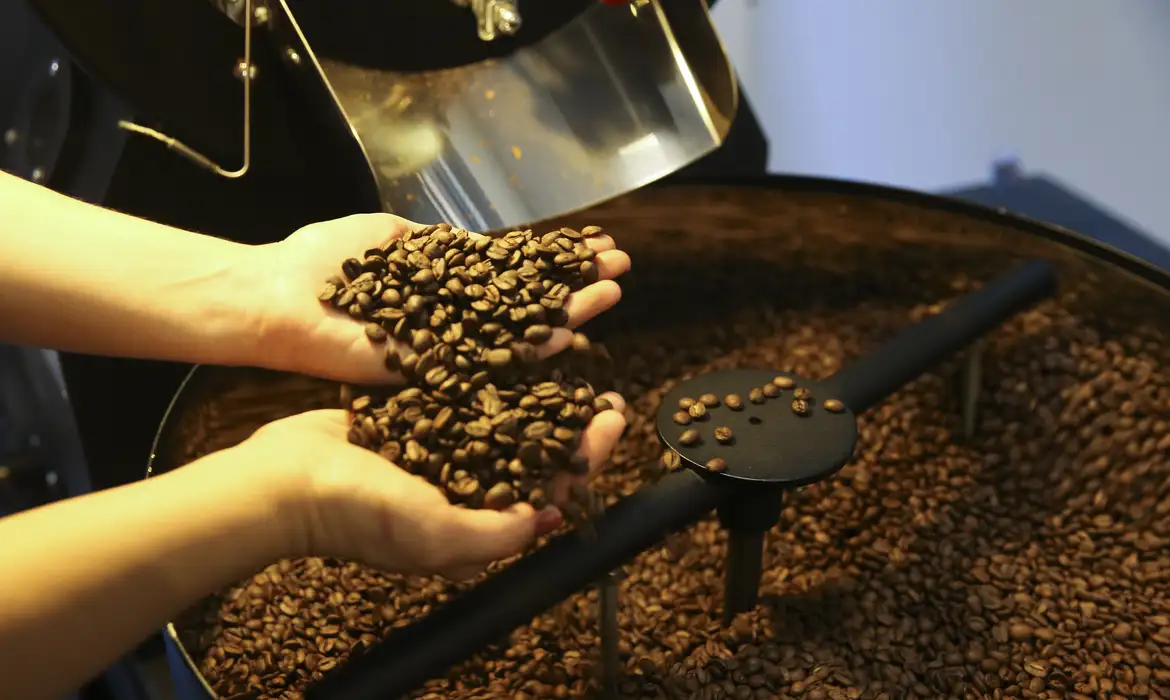Comparison of the agribusiness labor market showed a drop of 2.43% in the primary sector between 2021 and 2022

Cepea periodically analyzes the Brazilian agribusiness labor market based on data from the Continuous National Household Sample Survey (Continuous PNAD), by the Brazilian Institute of Geography and Statistics (IBGE).
In the survey, the total number of people who work formally or informally in the sector in the following segments is analyzed: input, primary, industry, services and agribusiness.
For the economist, Eduardo Eustáquio, an important issue on the topic of Work in the Field is the decline in specialized labor in the sector. “You buy a harvester for 3 … 4 million reais and it’s difficult to find an operator with the capacity and knowledge to carry out this type of operation. So, we have to make a greater effort to train these people so that we can create new jobs in the field, but more qualified jobs”.
Juliana Mendonça, specialist in Labor Law and Procedure, also agrees that the scarcity factor in the qualification of labor influenced this comparison and also highlights the crisis scenario in the country. Mendonça explains that Brazil is still experiencing a critical moment in the sector’s economy and that, even though Brazil is a major exporter of the primary sector, the estimate of improvement is not in the short term. “I am not seeing a big improvement in 2023, considering the price of cattle, which has been falling, and also the damage that soy has caused in the first half of 2023. Brazil is a major exporter of meat , of the primary sector and the expectation is for a growth in the course, but I don’t believe it will be for now”.
In the survey, the other sectors showed an increase in the total number of people employed in agribusiness between 2021 and 2022. The largest number of people working was in the inputs sector, with a rise of 9.61%, followed by the services sector with 8.35 % and in the sequence, in the industry sector, with an increase of 5.51%.
By Brasil 61




